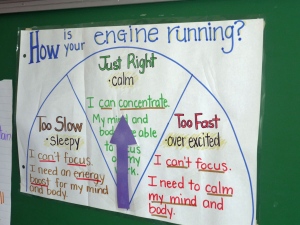

A latchkey kid or latchkey child is a child who returns from school to an empty home because their parent or parents are away at work, or a child who is often left at home with little parental supervision. (More)
Having your child stay at home alone is a big deal worth preparing to be ready to do successfully. Here is a collection of articles and guides to help with the process.
Articles
When it’s just you After School
Parent Guidebook of Kids Alone at Home
Latchkey Kids in the 21st Century: Keeping Your Kids Safe When You’re Not Home
Legal Age Restrictions for Latchkey Kids
The Library and the Latchkey
“Current trends are again influencing youth services in libraries. Economic and social conditions have increased the need for child care services and created the phenomenon of the so–called &’latchkey child’—the school–aged child who has no parent or guardian at home after school hours and has no alternative care arrangement…. It is not surprising that great numbers of children are in the public library unattended after school, on school holidays, and during emergency closing days such as snow days. What role do public libraries have to play in providing safe shelter for the nation’s children? Where does the library’s responsibility to community needs end? Who will provide the after–school services to children if the public library closes its doors?”
The New Latchkey Kids
“More than a million grade–schoolers have nobody to take care of them once class lets out. Where have all the after–school programs gone?”
Protecting Your Kids When They’re Home Alone
Information from the National Safe Kids Campaign.
Self Care for School Age Children
Report from the Australian Institute for Family Studies, guidelines for parents and children, resources in Australia.
When It’s Just You After School
Information for kids from KidsHealth, includes safety tips.
Keeping Your Latchkey Kid Safe at Home
Kids Home Alone? Follow These Safety Steps
Videos
Readiness to stay home video
Walking Home
Checklist








